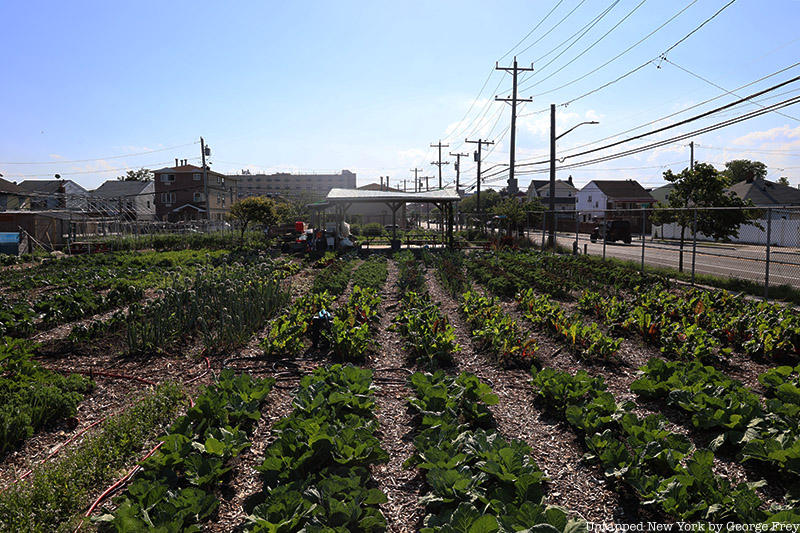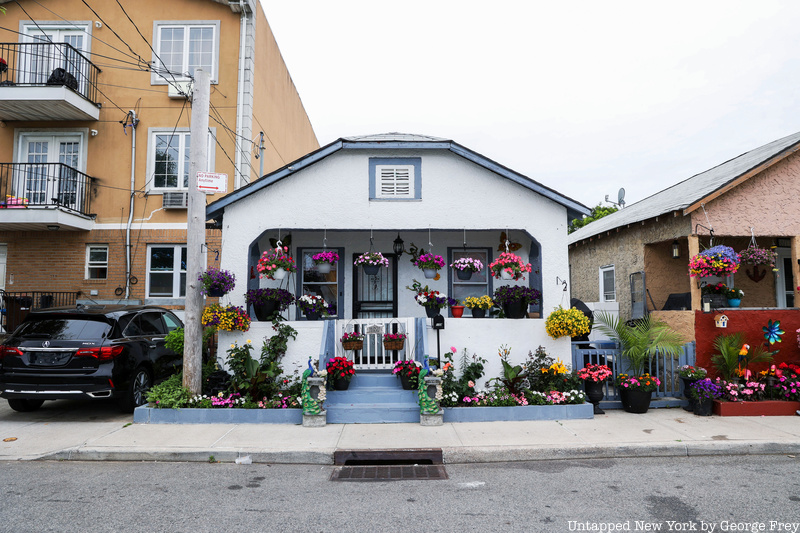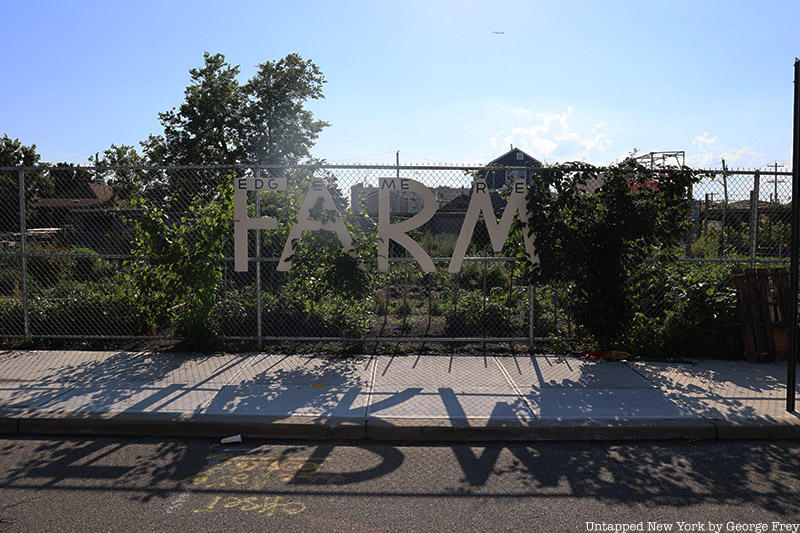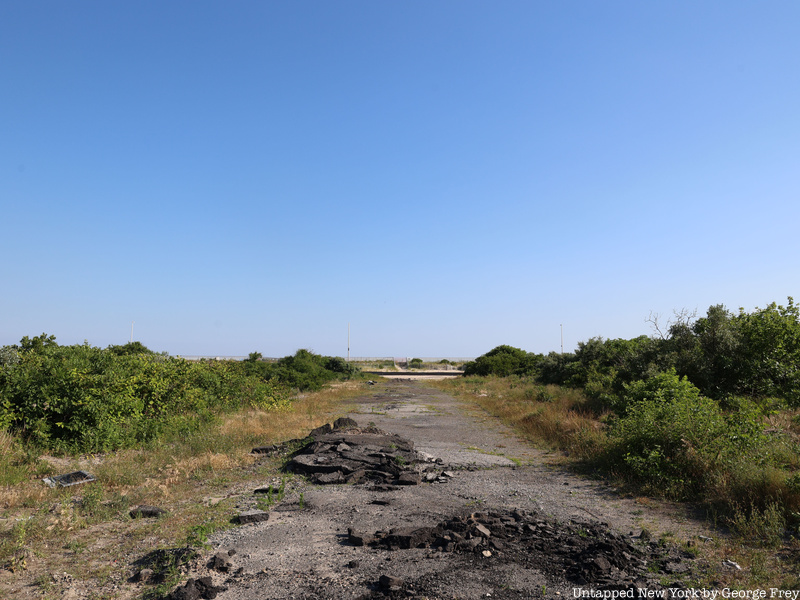Far Rockaway – Mott Avenue, Queens

At the other terminus of the A train in the Rockaways, you can find the Beach Bungalow Historic District, listed on The National Register of Historic Places . It’s a small stretch of colorful one-story houses from Beach 24th to 26th Street. Originally constructed in 1921 to cater to Manhattan beach-goers, the bungalows each follow the same uniform design. Some residents chose to have their home remain closer to their 1920s design, while others have taken the liberty of hanging flower baskets, putting up a variety of signs and statues along with other trinkets to create a unique curb appeal. At the same time, some of the bungalows remain abandoned, having been heavily damaged by the destructive power of Hurricane Sandy.

In the adjacent Edgemere district, the Edgemere Farm stands as a beacon in this post-Hurricane Sandy neighborhood. Functioning as both a community garden and working farm, with both chickens and bees on the premises, the farm hosts occasional dinners where patrons can sample some of the finest organic, farm-to-table dishes the city has to offer.

Several blocks south of Edgemere Farm, just off Beach 148th Street is an overgrown patch of nature alongside the beach boardwalk. It was on this plot of land that the luxurious Marine Pavilion Hotel once stood. Originally completed in 1834, the establishment is credited with first luring in Manhattanites to bathe in the cold waters of the Atlantic. Quickly, the building caused Far Rockaway to become a magnet for wealthy, prominent Manhattan families, including the Vanderbilts and Astors, who were frequent guests at the fabled establishment.

The Marine Pavilion Hotel burned to the ground in 1864, yet the success of the hotel along with the completion of a Long Island Rail Road line to Far Rockaway facilitated the construction of even more hotels along the eastern half of Rockaway Beach. In this construction boom, the inception of the Beach Bungalow Historic District occurred which allowed for more development on the whole of the peninsula, in effect creating the many beachside communities seen in the Rockaways today.





